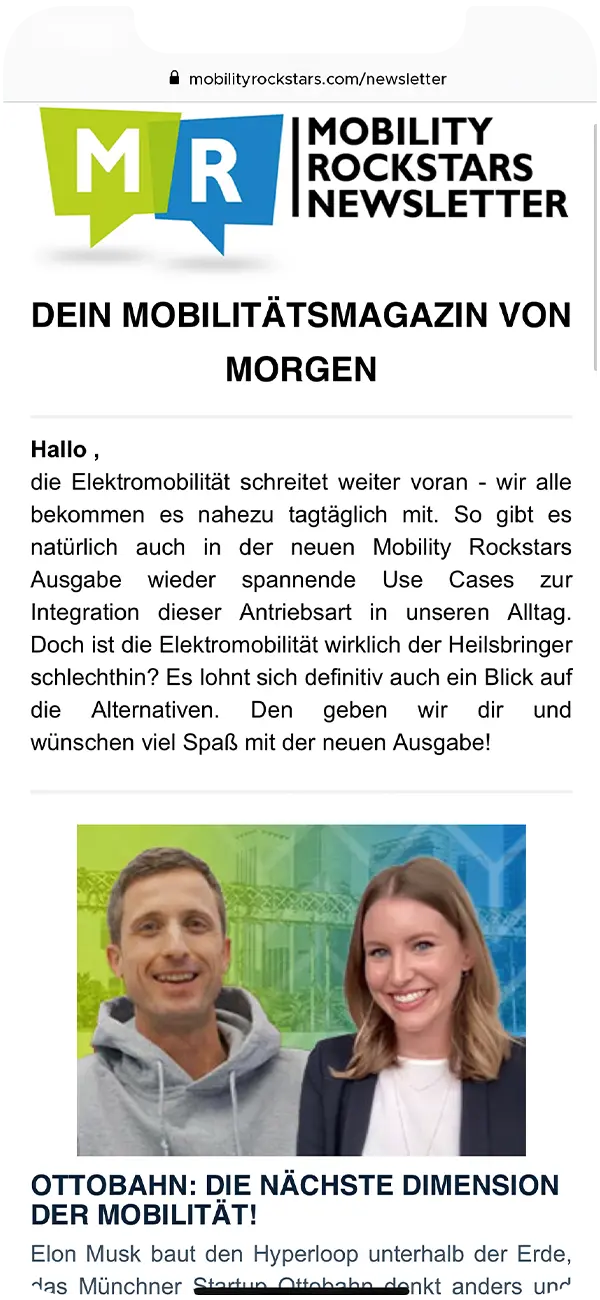eSIM – embedded call to the automotive cloud
At first reading, eSIM sounds like a somewhat cryptic term that does sound familiar. After all, we've known the SIM card from cell phones for many years, in all its many formats, adapters, hard-to-find and even harder-to-open compartments on the phone. If you no longer have the prick that was once included with the purchase, you will quickly find yourself in the kitchen or hobby room looking for something just thin enough to open the sorry tray - until you realize that you do not have a micro SIM at all, but a nano SIM. And the search continues for the right adapter, if you have kept it and its storage location is still known. And we're not even talking about losing all your contact details when you switch to a new phone, if you only had them stored on the phone but not on the SIM card.
- eSIM - What is it and how does it work?
- eSIM - Optimized service management in the vehicle
- eSIM in the vehicle - How the driver benefits from the Embedded Subscriber Identity Module
- eSIM - How Cognizant Mobility technology brings services to the vehicle
- eSIM - What does the future hold?
- eSIM - The bottom line

Michael
Cloud IT Professional
8.10.21
Ca. 11 min
eSIM – What is it and how does it work?
Of course, the SIM card has long since ceased to be found exclusively in cell phones, and SIM is no longer the standard it once was. Even if some providers, especially in the mobile sector, still refuse to accept the eSIM as a promising successor to the SIM card, its increasing importance in our increasingly digital everyday lives cannot be dismissed out of hand. “embedded” is the little magic word in front of the well-known SIM acronym, which incidentally stands for “Subscriber Identity Module” – in other words, it describes a procedure by which a user can be clearly assigned to a service. This is important in mobile communications, but even more so in the growing IoT (Internet of Things) and electronically controllable modules such as those in motor vehicles. However, the small “embedded” is the decisive factor here for a newer procedure in which the SIM card is no longer changed, but is permanently installed in the terminal.
This is practical for cell phones, where the annoying search and SIM card conversion are a thing of the past, which current flagship cell phone models from Google, Apple and Samsung already prove, even if their sales still remain manageable on the one hand and still include a classic SIM on the other. To ease the transition, manufacturers said. The eSIM also offers practical features for the electronic ID card – even if hardly any users know that this service can be used, for example, to register, deregister and re-register a car online.

The feature becomes necessary for smartwatches, which also made use of the eSIM for the first time in 2015. Space is scarce here, and so an embedded SIM, which can be much smaller than a conventional SIM card, becomes a necessary design aspect, apart from the extensive functionality.
The eSIM is then absolutely necessary in the vehicle, where it is often technically impossible to simply swap a SIM card, especially not for the end user, i.e., the driver. More and more digital services, providers, services and technical options are available to the modern driver – sorting, determining, coordinating and managing them in a self-developed cloud environment is a herculean task that providers like Cognizant Mobility, with the team around Michael Selg, are taking on.
eSIM – Optimized service management in the vehicle
Now that we have been able to clarify what an eSIM is and how it works in principle, further questions arise for both manufacturers and users: How do I get the services I have booked onto the eSIM, what services are available at all, and who manages them and how? How does the cloud work, which is responsible for this?

Cognizant Mobility is a reliable and flexible service provider in this respect. The team around Michael Selg manages the profiles and loads them onto the eSIM card. Not only is it necessary to find the best tariff from providers such as Telekom, but it is also necessary to answer questions such as: How to activate and deactivate the service, how to make it available to the user? As a company, we check all the necessary aspects in this case, for example, whether the tariff still fits the customer’s contract conditions based on usage behavior – although a company like Cognizant Mobility does not create the relevant tariffs, but merely manages them. These are usually contracted with the vehicle manufacturer and are offered by companies such as Telekom in Germany, AT&T in the U.S., China Unicom in China, etc., and provide various functions for drivers.
eSIM in the vehicle – How the driver benefits from the Embedded Subscriber Identity Module
The range of services on offer is broad and is growing daily: it extends from online services to software updates, from concierge services to routing, speech services, wake-up calls to control units to transmit information such as the charge level, to monitoring functions, the control of on-board cameras or remote apps that check the vehicle’s condition.
This is where convenience meets information transfer from the vehicle, where necessity meets safety. Of course, all this would no longer be controllable with conventional SIM cards, which is why the eSIM was the next logical step here. The highly complex management of these services is absolutely necessary know-how in the automotive industry, which Cognizant Mobility has been offering for quite some time.
eSIM – How Cognizant Mobility technology brings services to the vehicle
Basically, it can be said that drivers can easily transfer their private SIM card to the eSIM installed in the car and thus basically almost use the vehicle as a cell phone. This allows drivers to access the phone’s various services, from music to navigation, from contacts to messages. The system takes care of registering the vehicle – the driver only has to conclude the contract himself. The technical implementation is handled by know-how providers such as Cognizant Mobility in cooperation with or under contract to the vehicle manufacturer.
The SIM card profile, i.e. the contracts and services booked by the user, is downloaded by us, transferred to a backend, and from there uploaded remotely to the vehicle. Technically very simplified, the vehicle in turn calls a website for this download. The proxy for this is provided by Cognizant Mobility so that the vehicle can now access the booked services. Our system connects the systems of the telecommunication providers with those of the vehicle manufacturers, and for the customer it results in a “click and go” system – he doesn’t notice anything of all the effort and can enjoy the services that have been booked.

From a technical point of view, Cognizant Mobility works within this framework with the Open Shift Cloud, an “on-premise cloud” – in other words, the cloud servers are not located in a data center, but at the vehicle manufacturer’s premises. As an accomplished cloud expert, we take care of the development of the management system as well as its operation, which runs 24/7 and processes huge amounts of data per minute. According to the Complete Ops principle, we also take over the deployment control, monitor the systems and carry out troubleshooting. As a result, vehicle manufacturers benefit from the secure, fast and flexible development and management provided by Cognizant Mobility, and end customers benefit from easily accessible services that work reliably.
eSIM – What does the future hold?
While the eSIM has long been present in the increasingly digital vehicles of major vehicle manufacturers in particular, with whom Cognizant Mobility has been working for years, and is constantly being developed further in conjunction with cloud services, other subsectors are still hesitant, especially in mobile communications. It will probably be a few years before the eSIM becomes the universal standard. Until then, the iSIM, i.e. the “integrated SIM” will be the next upcoming standard, where no external device is installed in the smartphone/vehicle/ID card anymore, but the SIM is integrated directly into the chip of the user device. Since extensive security aspects also have to be taken into account here (after all, it is no longer a single module but an entire system that has to be secured), Cognizant Mobility’s expertise in the areas of hardware-based security and functional security , for example, makes it a reliable partner for this step. Even though it can be assumed that it will be a few years before this eSIM successor becomes relevant for the market.
On a development level, migrating current services to the AWS Cloud is one of the next big steps that many of the well-known vehicle manufacturers are already taking.
eSIM – The bottom line
If you don’t want to do without apps, convenient information about charging status, range, safety aspects and software updates over the air in your vehicle, there’s no getting around the managed eSIM principle. As a result, vehicle manufacturers are increasingly relying on this route to offer their services. With a competent and strong knowledge transfer from adept providers like Cognizant Mobility, this path becomes easy and future-oriented.
And hardly anyone will lament the misplaced button for opening the SIM cover on a smartphone.








